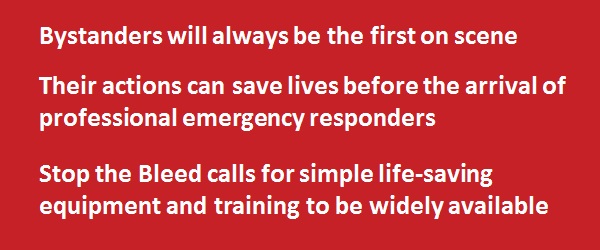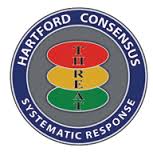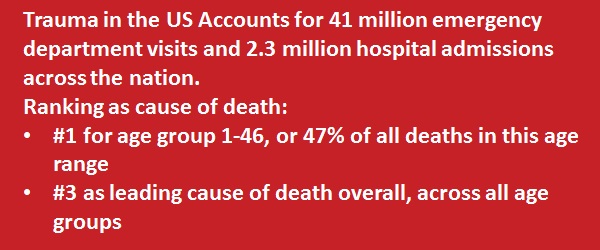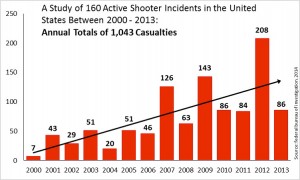
“Stop the Bleed” is an initiative by The White House Administration calling for more to be done by the public that is witness to active shooter and mass casualty events. The objective of the “Stop the Bleed” initiative is to provide bystanders with the tools to stop life threatening bleeding in the event of an emergency.

U.S. Deparment of Homeland Security
No matter how rapid the arrival of professional emergency responders, bystanders will always be first on the scene. “Stop the Bleed” is a nationwide campaign to empower individuals to act quickly to stop life threatening bleeding and save lives.
With little or no medical training, the immediate actions of bystanders can become the difference between life or death for a victim who may be bleeding to death.
The Stop the Bleed initiative aims to empower people with the tools necessary to stop life threatening bleeding in the event of an emergency situation. The Department of Homeland Security has called on the private sector, non-profit organizations, and the medical community to come together in providing the right tools and knowledge to the public to help them save lives.
Trauma or severe bleeding is the leading cause of death among persons aged 1-44. More Americans die from violence and injuries than from any other cause.[32]
Active shooter events are an increasing trend
Severe bleeding can cause death in five minutes or less
A victim can bleed to death much faster than the time taken by trained public safety personnel to reach them.
Often trained emergency responders cannot treat the bleeding casualty right away because the active shooter is still at large or the site is not safe to enter.
Normally the building or area would be secured by security or law enforcement officers before allowing emergency responders access.
The person next to that individual may be the only one who can make the difference between life and death.
Having the courage to use whatever is available at the time to stop the bleed can buy invaluable time for the victim to receive care from professionals.
The Hartford Consensus III: Implementation of Bleeding Control
The “Stop the Bleed” initiative was the result of The Joint Committee to Create a National Policy to Enhance Survivability from Intentional Mass-Casualty and Active Shooter Events, founded by the American College of Surgeons. The deliberations of the committee have become known as the Hartford Consensus which focuses on implementation strategies for effective hemorrhage control.
The threat from intentional mass-casualty events remains elevated. Enhancing public resilience to all such potential hazards has been identified as a priority for domestic preparedness. Opportunities exist to improve the control of external hemorrhage in the civilian sector. These opportunities exist in the form of interventions that should be performed by bystanders known as immediate responders and professional first responders, such as law enforcement officers, emergency medical technicians (EMTs), paramedics, and firefighters (EMS/fire/rescue), at the scene of the incident.
The overarching principle of the Hartford Consensus is that in intentional mass-casualty and active shooter events, no one should die from uncontrolled bleeding. An acronym to summarize the necessary response is THREAT:
|
|
 |
The Hartford Consensus calls for a seamless, integrated response system that includes the public, law enforcement, EMS/fire/rescue, and definitive care to employ the THREAT response in a comprehensive and expeditious manner.
Building educational capabilities
Education in hemorrhage control can take many forms. Established education programs for individuals, communities, and professional responders can be modified to include effective external hemorrhage control techniques. The Bleeding Control for the Injured (B-Con) course offered by the National Association of Emergency Medical Technicians is an example of a newly created program that is appropriate for training individuals who have little or no medical background.
NAEMT and Bleeding Control for the Injured
Bleeding Control for the Injured (B-Con) teaches participants the basic life-saving medical techniques, including bleeding control with a tourniquet, bleeding control with gauze packs or topical hemostatic agents, and opening an airway to allow a casualty to breathe. The course is designed for non-tactical law enforcement officers, firefighters, security personnel, teachers and other civilians requiring this basic training.
For for more information on “Stop the Bleed” Approved Celox Hemostatic Gauze products click here





